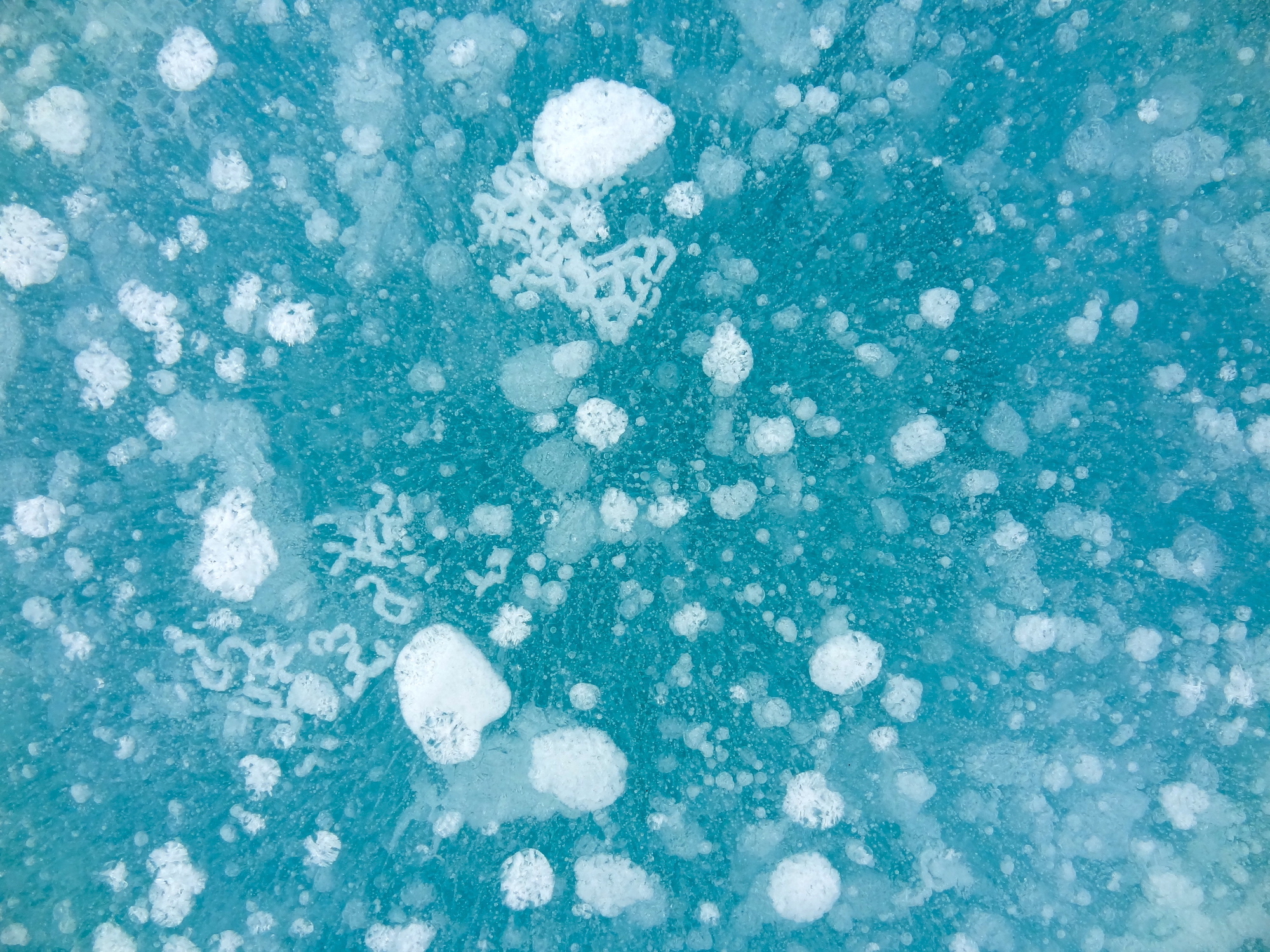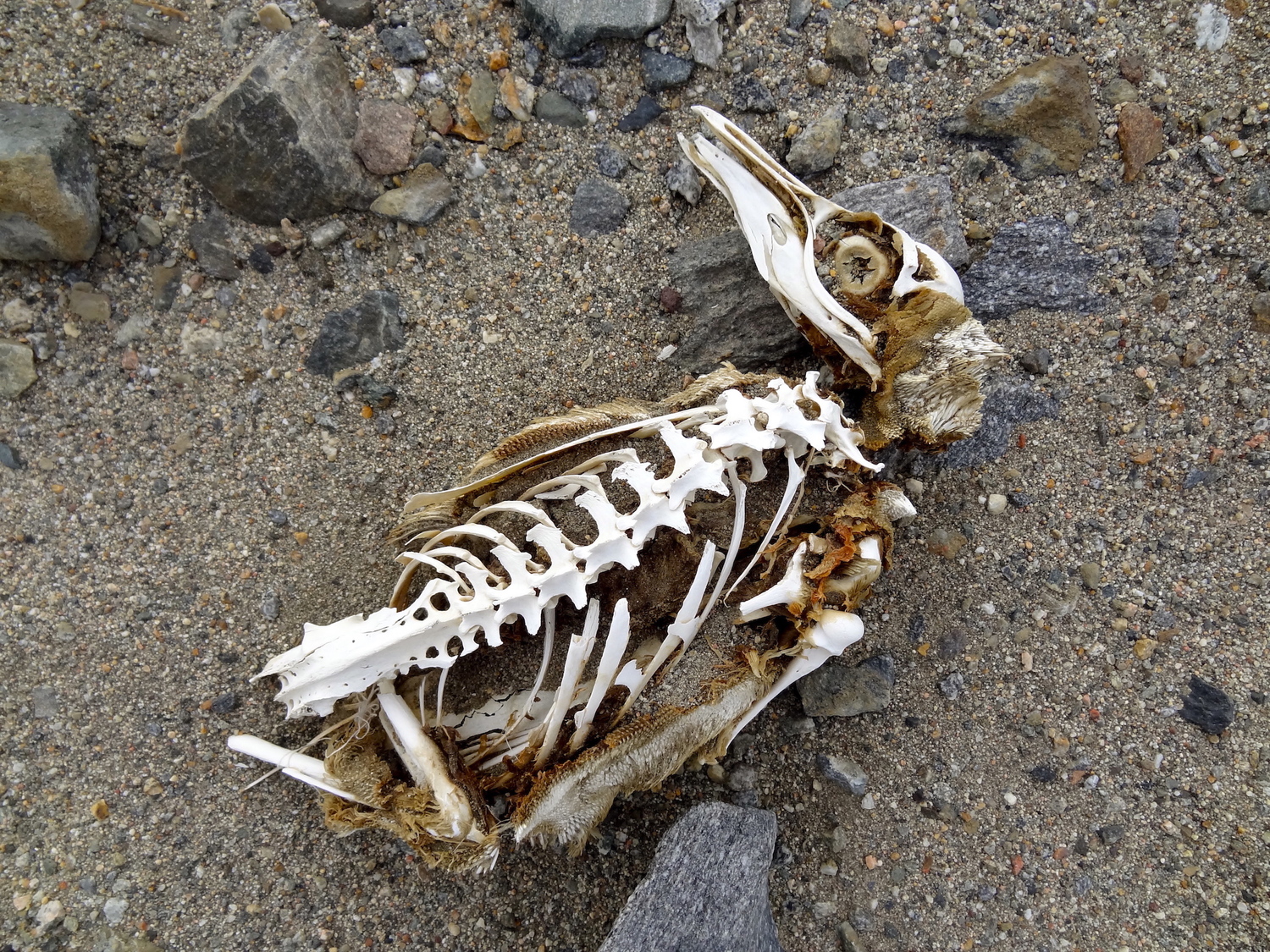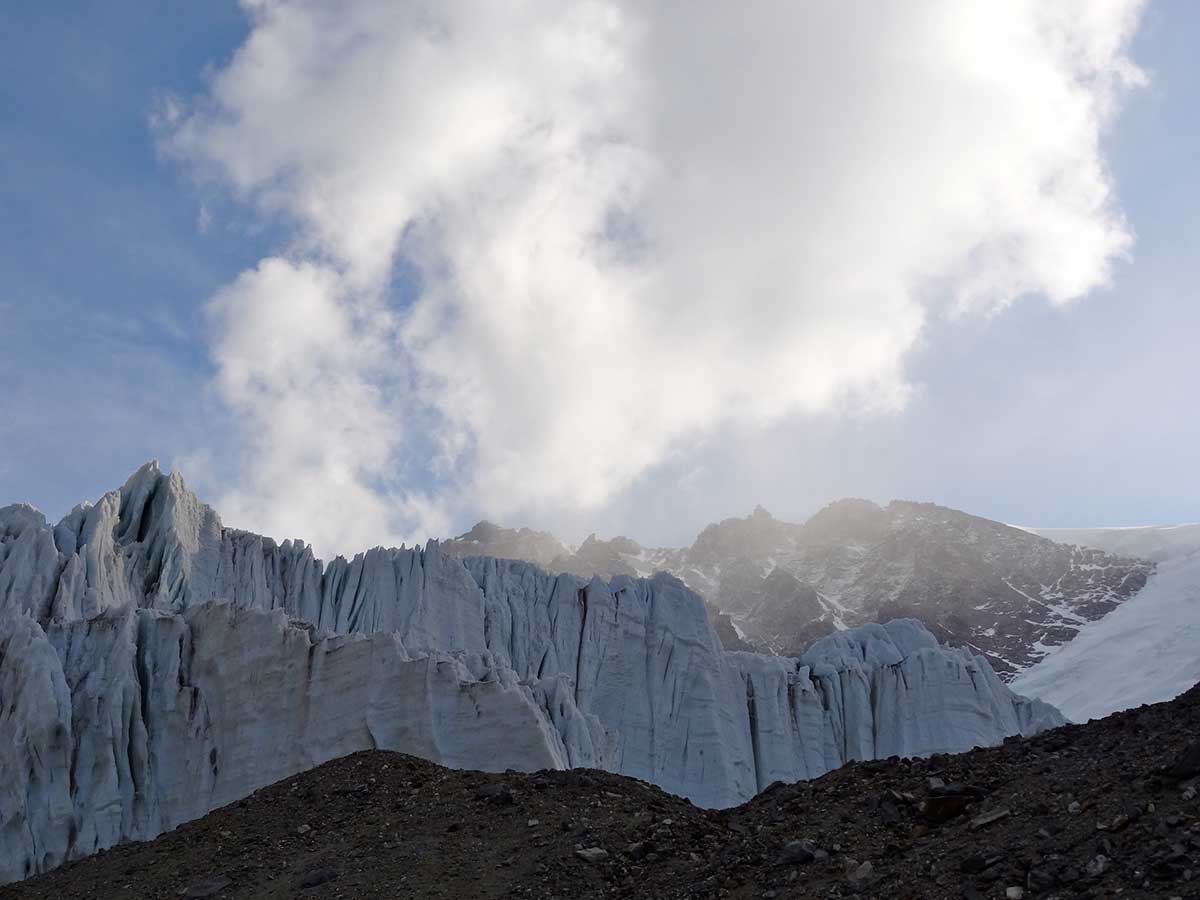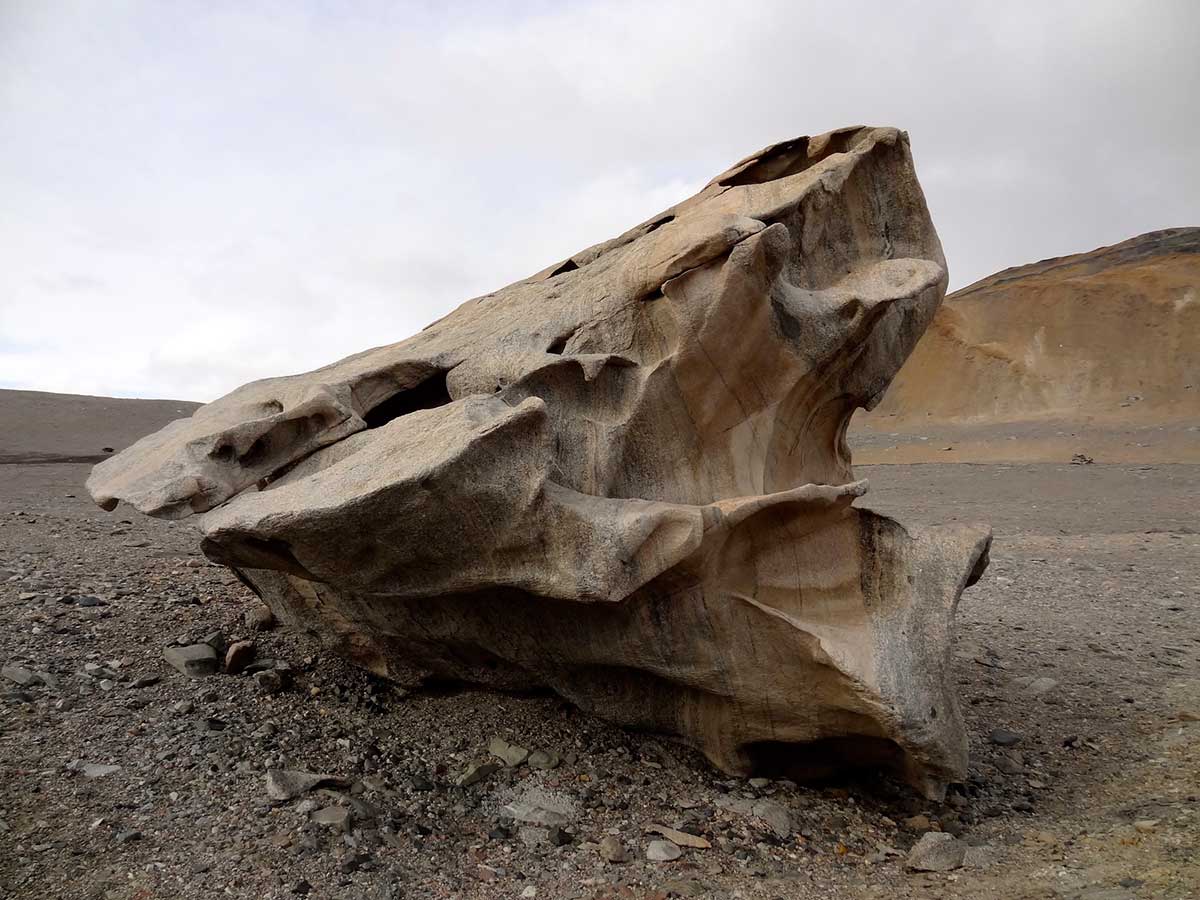McMurdo Dry Valleys

McMurdo Dry Valleys, Antarctica
Photos and Text by Elizabeth Endicott
During my second season at McMurdo Station in Antarctica, my husband (then boyfriend) and I had an incredible opportunity to visit the Dry Valleys together for a long weekend. We rode an AStar helicopter about 75 miles across the frozen McMurdo Sound and found ourselves in the terrestrial environment most similar to Mars. The Dry Valleys were formed when giant glaciers retreated from the surrounding seas toward the plateau of the East Antarctic Ice Sheet. The glaciers left behind a swath of rock and dirt – the largest area in Antarctica to not be covered in ice or snow. It is one of the world’s most extreme deserts, averaging less than 4″ of precipitation a year while maintaining an average temperature of -3F year round. Our time was spent at Lake Hoare, a scientific research camp comprising of several Scott tents and outbuildings. We took a day hike along the Andrews Ridge where we came across mummified penguins and seals, ventifacts (rocks carved into strange shapes by the katabatic winds), and ice in incredible different shapes and colors.




Watch the photos come to life.
Photos and Video (C) 2015 Elizabeth Endicott
After spending the last five years working seasonally in Antarctica and traveling the world, Elizabeth Endicott now resides in Denver, Colorado with her husband and two cats. She is the lead supervisor at a recycling company that employs adults with developmental disabilities. In her free time, Elizabeth likes to switch hats – photographer, illustrator, jewelry designer, plant whisperer. You can find more of her work at her website and follow along on instagram.
Be the first to comment